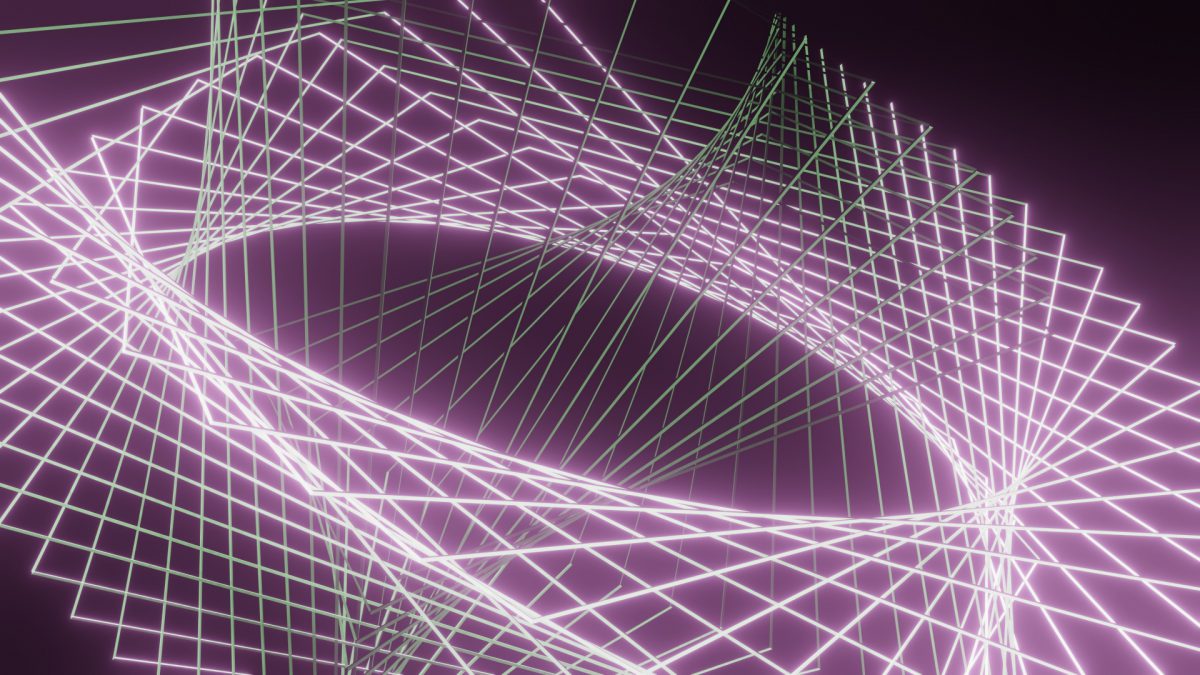With 3D viewports, such as Blender’s Eevee, you can achieve a viewport render that primarily uses the GPU for optimal performance and lightning speed in both the viewport and the final render, whereas Cycles, Blender’s internal ray tracing engine, focuses on the physically accurate portrayals of light and shadow, which can cause slow rendering times …










